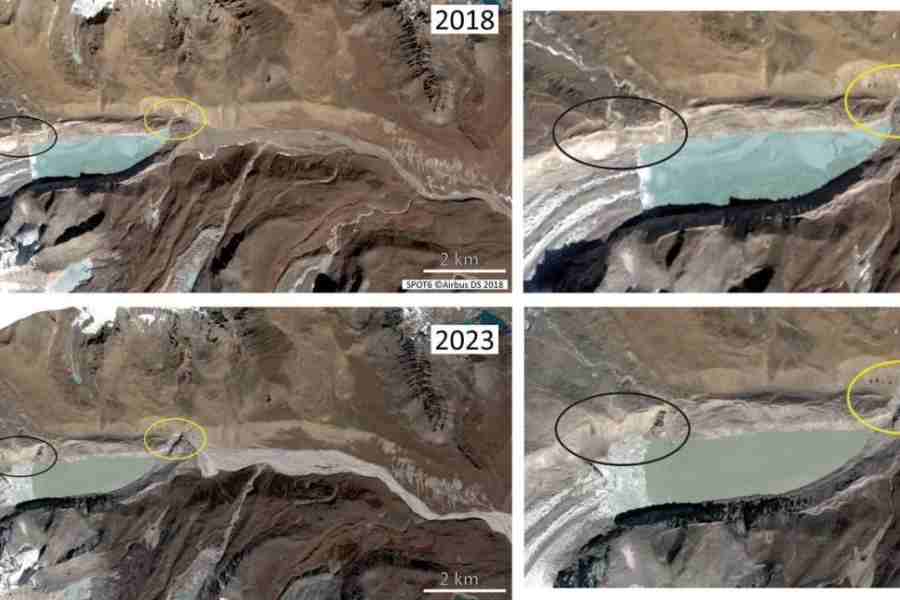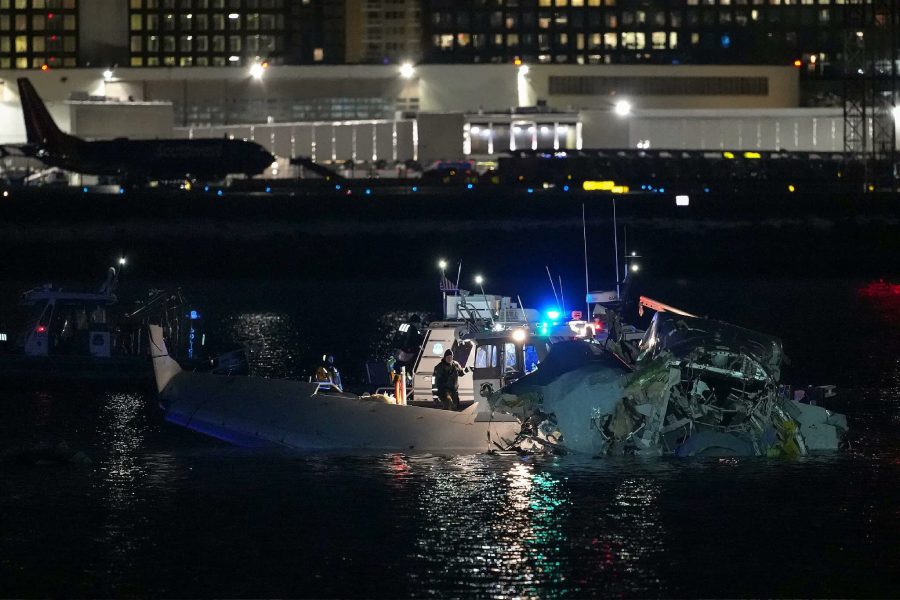Even in a war that has razed entire cities, the destruction of the Kakhovka hydroelectric dam in southern Ukraine stands out.
Thousands of people were displaced by flooding from one of the world’s largest reservoirs, which was vital for irrigating farmland considered the breadbasket of Europe. The disaster puts global food supplies for millions at risk and could threaten fragile ecosystems for decades.
The dam was visibly scarred by fighting in the months before the breach. Ukrainian strikes had damaged one part of the roadway over the dam, and retreating Russian troops later blew up another. This has led to suggestions that the dam may have merely fallen victim to the accumulated damage, which Russia has seized on to deny responsibility.
But multiple lines of evidence reviewed by The New York Times, from original engineering plans to interviews with engineers who study dam failures, support a different explanation: that the collapse of the dam was no accident.
Given the satellite and seismic detections of explosions in the area, by far the most likely cause of the collapse was an explosive charge placed in the maintenance passageway, or gallery, that runs through the concrete heart of the structure, according to two American engineers, an expert in explosives and a Ukrainian engineer with extensive experience with the dam’s operations.
“If your objective is to destroy the dam itself, a large explosion would be required,” said Michael W. West, a geotechnical engineer and expert in dam safety and failure analysis. “The gallery is an ideal place to put that explosive charge.”
Engineers cautioned that only a full examination of the dam can determine the precise sequence of events leading to the destruction.
Ihor Strelets, an engineer who served as the deputy head of water resources for the Dnipro River from 2005 until 2018, said that as a Cold War construction project, the dam’s foundation was designed to withstand almost any kind of external attack.
Strelets said he, too, had concluded that an explosion within the gallery destroyed part of the concrete structure, and that other sections then were torn away by the force of the water.
“I do not want my theory to be correct,” Strelets said. A large explosion in the gallery might mean the total loss of the dam. “But that is the only explanation,” he said.
Waking to water
In the predawn hours of June 6, residents living close to the dam heard explosions and strange rumblings, they said later.
They were no strangers to the sounds of fighting. But this time seemed different — and soon it was clear why.
For those closest to the dam, built in the 1950s by the Soviet state, the rush of water was almost immediate.
“We live on the fourth floor so it didn’t reach our apartment, but the first floor was completely flooded,” said Vasyl, 64, who lives in the Russian-occupied east bank town of Hola Prystan, about 60 miles from the dam, and was reached by phone.
Most younger people in the town fled the Russian occupation long ago, he said, leaving behind mostly elderly people, including many with disabilities.
“Many of them drowned,” he said.
A Prime Target
The relatively spindly sluice gates and cranes and the ribbon of roadway above the water line seemed to offer an easy target for an attack aimed at destroying the Kakhovka dam.
But most of the dam’s enormous mass was hidden below the surface of the water.
That mass consisted of a rounded tower of nearly solid concrete some 20 metres high and as much as 40 metres thick at the bottom, Strelets said. Built in sections, that colossal barrier ran between earthen embankments on either side of the channel and did much of the work of holding back the waters of the reservoir.
The sluice gates sat atop that barrier, opening and closing to adjust the water level. Visual evidence assembled by The Times shows clear damage to the roadway and to a few of the sluice gates on one side of the channel in the months before the breach of the dam.
But engineers said the foundering of an entire section of the dam was more likely to be related to the blasts picked up by seismic sensors and to an infrared signal that US officials said was picked up by a satellite, indicating the heat of an explosion.
The seismic signals were picked up on two sensors, one in Romania and one in Ukraine, and occurred at 2.35am and 2.54am Ukraine time, said Ben Dando, a seismologist at Norsar, a Norwegian organisation that specialises in seismology and seismic monitoring. The signals were both consistent with an explosion, Dando said.
Norsar could locate the 2.54am signal to have originated within a zone 20 or 30 kilometres across that included the dam.
A senior American military official said that the US had ruled out an external attack on the dam, like a missile, bomb or some other projectile, and now assesses that the explosion came from one or more charges set inside it, most likely by Russian operatives.
Gregory B. Baecher, an engineering professor at the University of Maryland and a member of the National Academy of Engineers, also said the scale of the breach indicated that the underlying concrete barrier had failed, suggesting that charges had been set deep in the structure.
“If they put explosives in the gallery, that would explain a lot,” professor Baecher said.
Nick Glumac, an engineering professor and explosives expert at the University of Illinois at Urbana-Champaign, said based on diagrams of the dam and the latest imagery of the destroyed foundation, “It’s hard for me to see how anything other than an internal explosion in the passageway could account for the damage.”
Using the gallery might have another advantage for anyone seeking to hide their tracks. According to Strelets, the gallery had only two entrances, including one inside the machine room located in a building to one side of the dam.
West, who is also a former army combat engineer officer, noted that would allow the dam to be rigged out of sight of spy satellites, drones or witnesses on the ground.
For its part, the company that operated the dam said in a statement to The Times on June 16 that “Russian forces made an internal explosion which resulted in destroying the dam.”
Strelets, the engineer, called the gallery the Achilles’ heel of the Kakhovka dam. “I walked along this dam many times,” he said. “I was proud of it. It is the property of my country. I never even imagined that someone would attempt to destroy it.”
New York Times News Service










